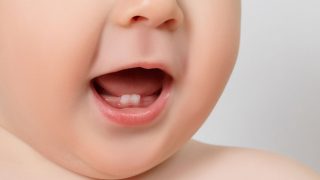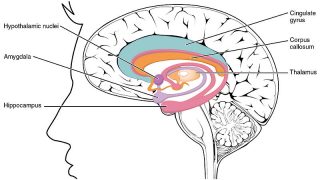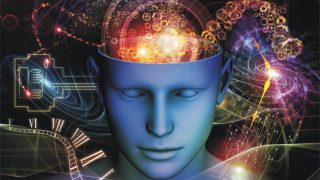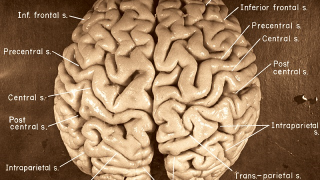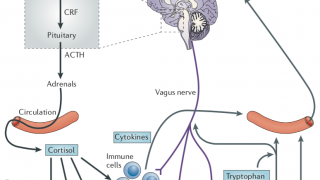
How maternal vaginal microbiome can bring you to madness
Maternal and paternal stress have been proved to be critical aspects of off-spring brain development. High levels of stress on pregnant mothers can alter both placental and embryonic gene expression patterns, misprogramming the brain of the newborn towards psychiatric disorders such as anxiety or depression. At the same level, paternal stress alters microRNAs and other […]


